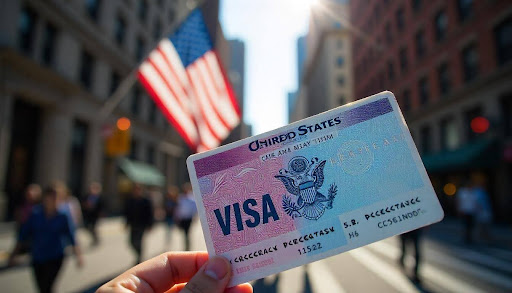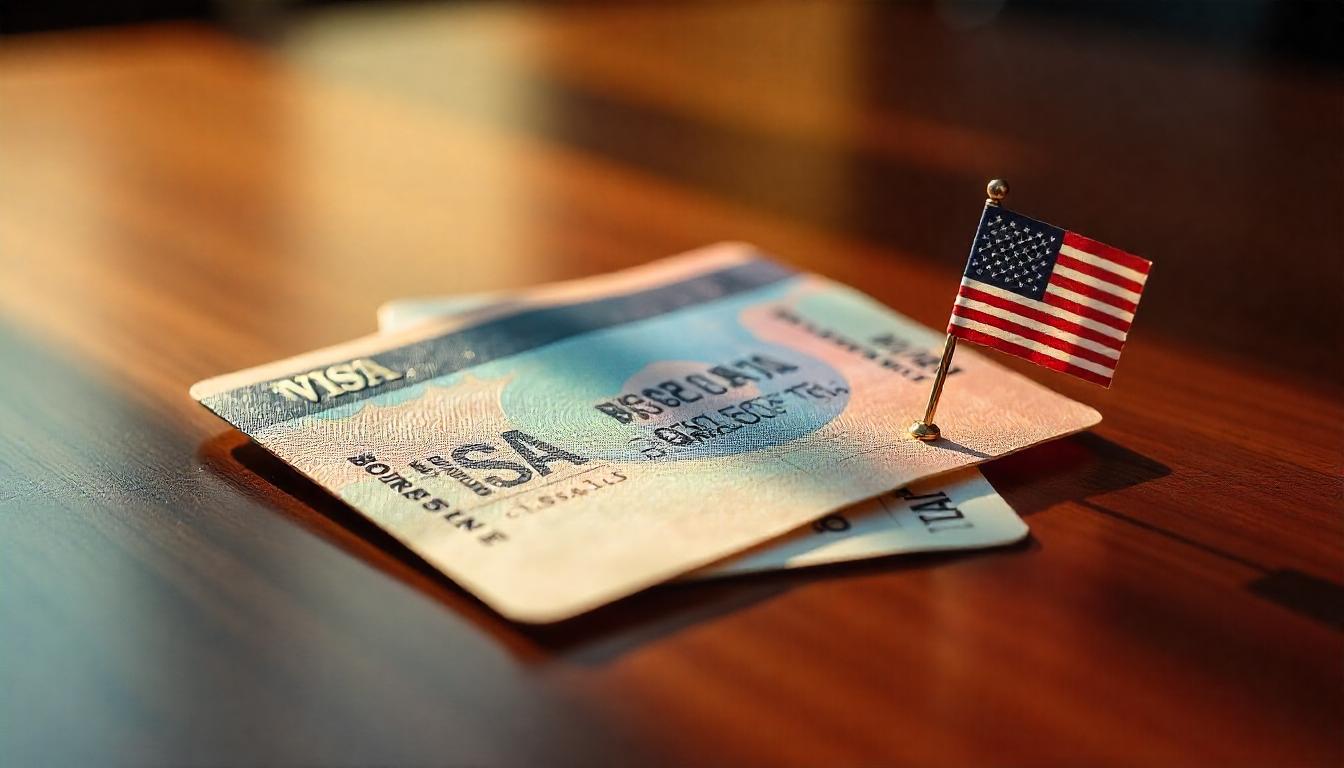Discover the EB1 green card processing time for Indian applicants in 2025. Compare EB1 green card processing time India with EB5 waiting time India, understand EB5 processing time India 2022, and learn how EB5 I‑526 processing time India impacts your green card strategy.

If you are an Indian national considering the EB‑1 green card route, understanding current wait times is critical. The EB1 green card processing time for Indian nationals affects career planning, family decisions, and long-term commitments. Whether you are a researcher, professor, multinational executive, or a startup founder scaling your business, knowing what to expect helps you plan with confidence. It is not just about months on a timeline; it directly impacts professional transitions and personal stability.
The EB‑1 green card is divided into three main categories: EB‑1A for individuals with extraordinary ability, EB‑1B for outstanding professors and researchers, and EB‑1C for multinational managers and executives. Indian applicants often prefer EB‑1 because it does not require labour certification, which saves time compared to EB‑2 or EB‑3. Processing tends to be shorter, especially when premium processing is used, and many Indian professionals meet the high academic, research, or corporate credentials required.
Consult Beyond Border to determine the right EB‑1 subcategory and ensure your profile aligns with the eligibility requirements.
There are two main stages for the EB‑1 process.
The I‑140 petition processing is the first step. With premium processing, most I‑140 petitions are approved within 15 calendar days. Without premium processing, the typical wait time is 4–6 months depending on the workload of the USCIS service centre.
The second step is the adjustment of status (I‑485). This is where the EB1 green card processing time India can extend, usually ranging from 6–10 months. It depends on your priority date status on the monthly USCIS Visa Bulletin, whether any Request for Evidence (RFE) is issued, and the speed of your local field office.
In 2025, retrogression continues to affect EB‑1 for Indian nationals, which means your priority date may not immediately be current after I‑140 approval. While this adds some waiting time, tracking the visa bulletin closely helps you act as soon as your date becomes current.
Contact Beyond Border for guidance on priority date monitoring and timely filing strategies.

When comparing EB‑1 with EB‑5, the difference is substantial. For EB‑5, the I‑526 stage alone commonly faces a 24–36 month backlog for Indian nationals. After I‑526 approval, adjustment of status adds another 6–12 months depending on the visa bulletin. According to EB‑5 processing time data for Indian applicants, the total wait can stretch to 3–5 years.
By contrast, EB‑1 often takes under 2 years if there are no major hurdles. Even within EB‑5, the EB5 I‑526 processing time India remains a major bottleneck, making EB‑1 the preferred option for those eligible.
Consult Beyond Border to evaluate whether EB‑1 or EB‑5 better suits your goals and timelines.
There are several practical steps to accelerate your EB‑1 journey. Always use premium processing for I‑140 when possible because quick decisions help you move toward the adjustment phase faster. Monitor the visa bulletin regularly so you can file I‑485 immediately when your date becomes current. Submit a well-prepared petition to avoid RFEs, including strong evidence like publications, citation records, media coverage, and recommendation letters.
Choosing the correct EB‑1 subcategory is equally important. EB‑1A can often be quicker since it allows self-petitioning, while EB‑1B and EB‑1C require employer sponsorship and additional documentation.
Contact Beyond Border to build a tailored strategy and avoid unnecessary delays in your petition.
Processing trends for 2025 suggest a moderately favourable outlook. USCIS is maintaining faster I‑140 processing times and implementing more efficient electronic case handling. The retrogression trend for EB‑1 India may stabilize or improve if visa quota usage changes. However, applicants should still plan for an overall timeline of 12–20 months, which includes premium processing, visa bulletin wait times, and adjustment approvals.
Being well-prepared and informed about EB1 green card processing time India remains critical for a smooth journey.
Consult Beyond Border to stay updated on 2025 processing trends and plan your EB‑1 application proactively.
In simple terms, EB‑1 is significantly faster than EB‑5 for Indian nationals. With premium processing and a current priority date, EB‑1 can be completed in 8–14 months. On the other hand, EB‑5 due to the EB5 waiting time India and the lengthy EB5 I‑526 processing time India often extends 3–5 years.

1. What is the EB1 green card processing time for Indian nationals?
Typically 8–14 months for I‑140 (with premium processing) plus 6–10 months for I‑485 adjustment, depending on visa bulletin priority dates.
2. Is EB1 faster than EB5 for Indian applicants?
Yes. EB‑1 can be completed in under 2 years, while EB‑5 often takes 3–5 years due to the long EB5 I‑526 processing time India.
3. Can Indian nationals use premium processing for EB‑1?
Premium processing is available for I‑140 petitions but not for I‑485 adjustment of status.
4. Why does retrogression affect EB‑1 India?
High demand from Indian applicants exceeds the annual visa quota, causing priority dates to move back temporarily.
5. How can Beyond Border help?
They assist with category selection, documentation, priority date tracking, and complete petition management to avoid delays.
The EB1 green card processing time for Indian applicants in 2025 is relatively manageable compared to EB‑2, EB‑3, and EB‑5. With careful planning, the total timeline can range from about 12 to 20 months, factoring in premium processing, priority date movement, and application readiness.
If you are evaluating your options, Beyond Border can help you choose the right EB‑1 subcategory, stay ahead on priority dates, prepare a strong petition, and respond to RFEs efficiently.
By combining strategic planning with expert support, you can move from uncertainty to approval with confidence.